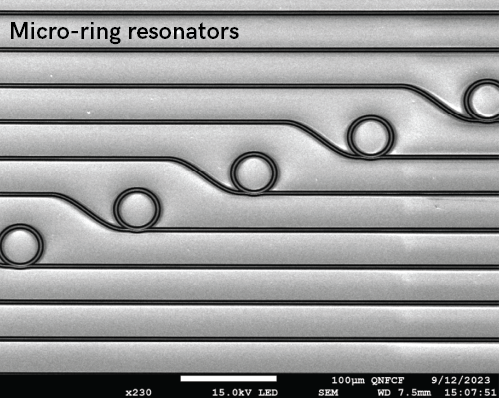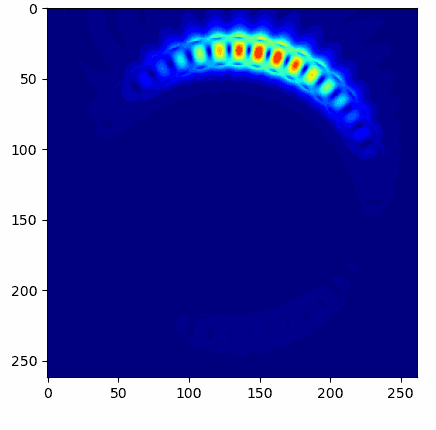Quantum Enhanced Navigation
Ideas Lab is collaborating with David Cory at the Transformative Quantum Technologies (TQT) program at the University of Waterloo to deliver a quantum inertial measurement that enables improved dead reckoning for marine, submarine, and aviation use cases.
Advantages:
- Quantum controls provide higher signal-to-noise measurements
- Integrated sensor with multi-axis gyroscope and accelerometer
- Improved fidelity through quantum correlations
- Calibration free
Anticipated uses:
- Global Navigation Satellite System (GNSS) denied navigation
- Dead reckoning navigation
- Marine, submarine, and aviation environments
Compact Optical Atomic Clocks
Modern optical clocks are the most precise instruments that humanity has built. Highly stable time references play an important role in applications like radar, communications and navigation, for example, GPS. Optical clocks are receiving interest because they can be compact and precise. Vapour cell optical clocks have the potential to transformatively advance timing because they are small and accurate.
We are leveraging our expertise in laser science and vapour cells to develop portable optical atomic clocks, predominantly for applications that are required for data fusion, especially for radar.


Advantages:
- Compact size
- High precision and accuracy
Anticipated uses:
- GPS timing
- Timing for data fusion in radar